by Victor Caneva
All photographs courtesy of Victor Caneva
I had a dark, mortifying secret. A nagging shortfall that made me feel like a charlatan as I wrote about the things I learned and love about Trieste. Any exposure could be a blow to the authenticity of my musings about this wonderful city. I stalked the streets in secret shame, making up for my indignity by trying to order coffee like a local, but I always knew, deep down, I was a fraud.
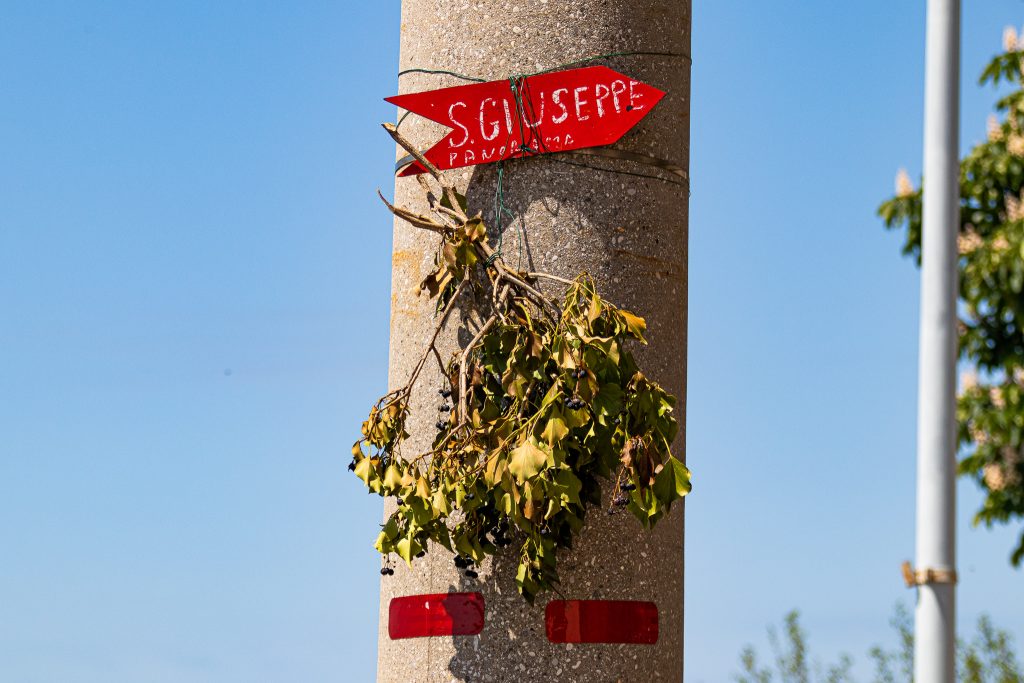
You see, well… I had never been to an osmiza. Some would say that visiting an osmiza is the most quintessential Triestine activity. My Trieste street-cred would forever be in doubt until I had experienced these Carso gems.
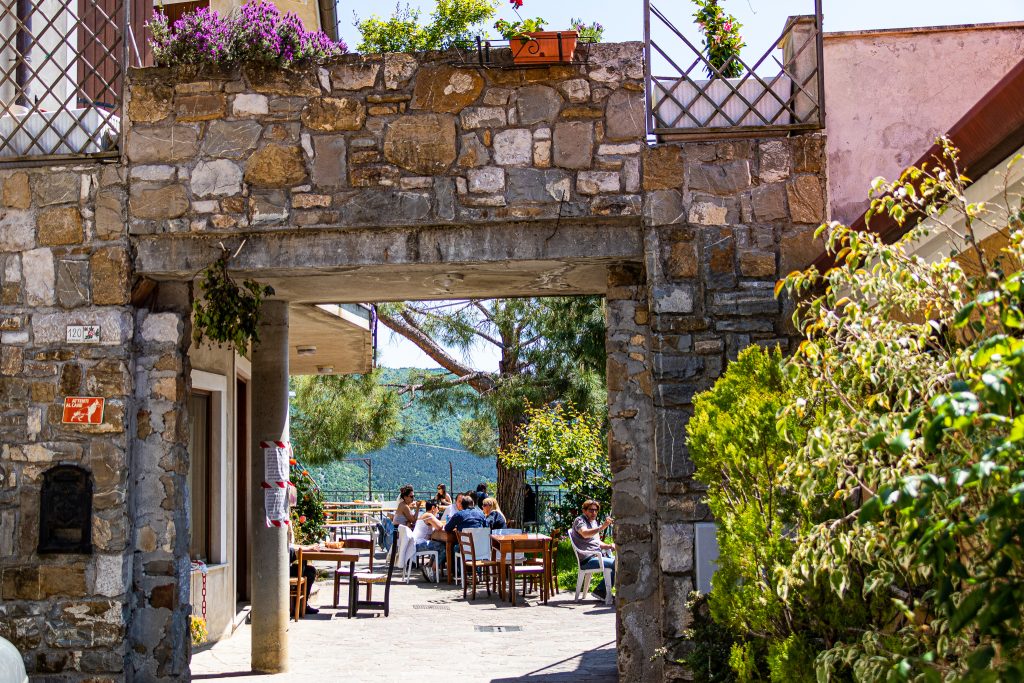
For the uninitiated, osmize are private households in the Carso where farmers serve their own salumi, cheeses, wines and more to those customers lucky enough to visit during their limited openings. Historically, local producers were allowed to sell their goods tax-free for eight days a year and today osmize continue this tradition, usually only opening for short spurts. It’s not a perfect analogy, but they’re kind of like rustic pop-up eateries, where the food, wine and farm-to-table authenticity allow you to taste and experience the region’s very unique history. If you’d like to know more about what makes osmize such a special phenomenon, check out this article by Helena Zonta for more detail.
Osmize were one of the things that really got my heart pumping as I researched moving to Trieste. They checked all my boxes: locally produced food and wine with centuries of tradition (check), a distinctive historical narrative (check), a super-localized manifestation of culture (check), and did I mention, locally produced food and wine? (food and wine get two checks – deal with it.)
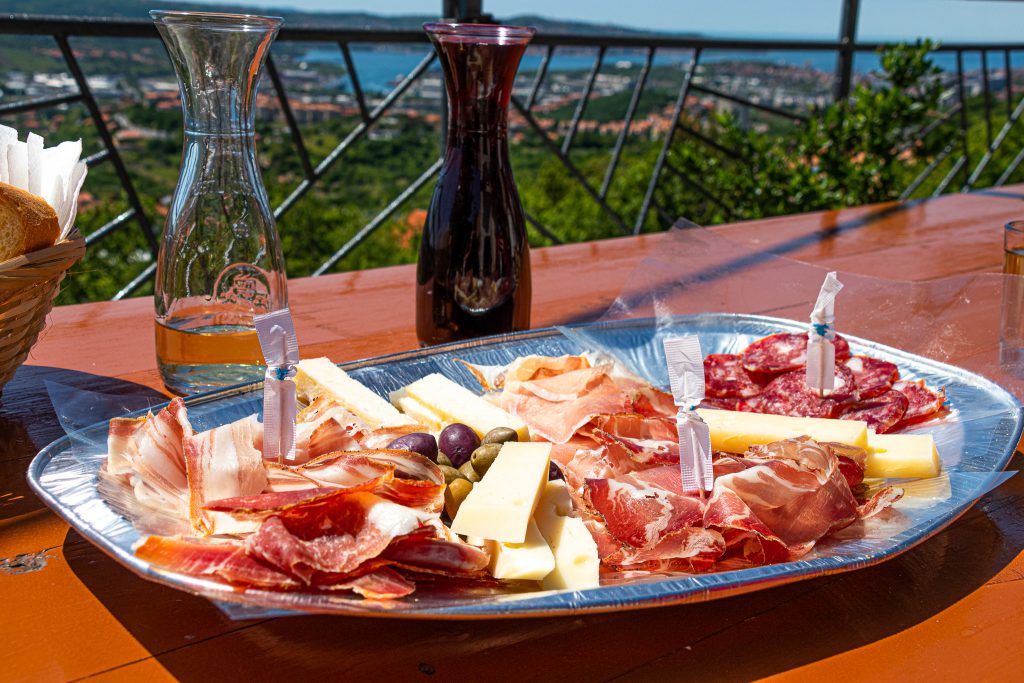
Visiting an osmiza never worked out during any of my visits to Trieste before our move, and right after our move, Covid-19 prevented us from visiting one for quite some time. But, after four years of dreaming, the sun broke through the surprisingly drab May weather and literally shone on my first visit to an osmiza. Thanks to osmiza.com, I was able to check if any osmize were open during a birthday outing to the village of Dolina. It turned out that Osmiza Marisa e Igor in San Giuseppe della Chiusa was open and positioned perfectly for a lunchtime stop on our return to Trieste.
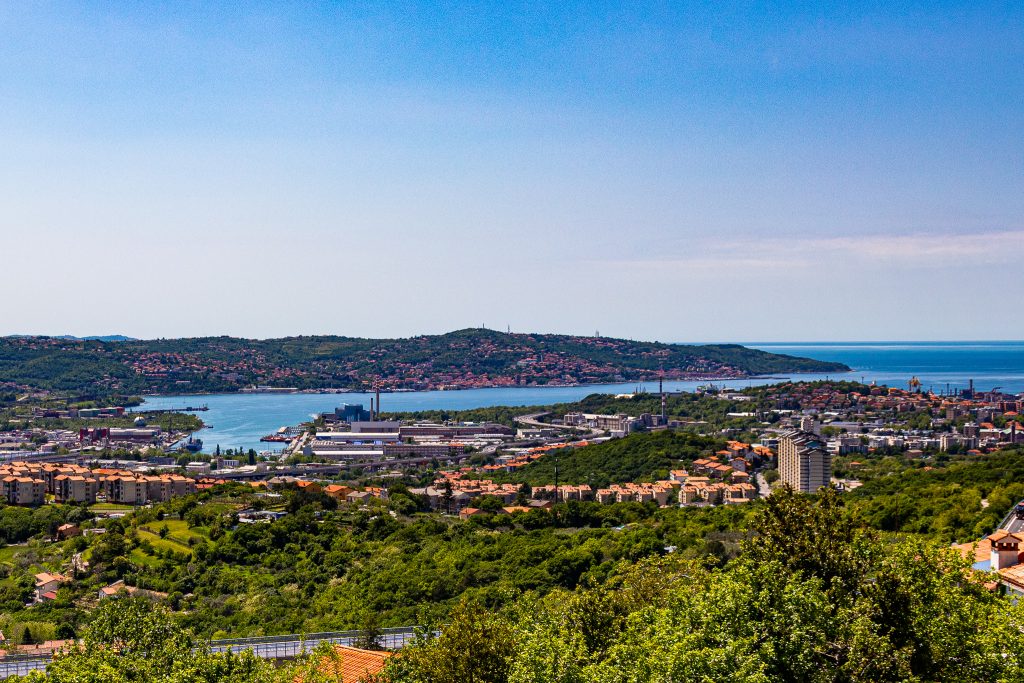
The proprietor’s family was unprepared for how excited I was for my first osmize experience as I told them much more than they probably cared to hear about my wish coming true. I proudly ordered entirely too much food for two people and then delightedly carried small carafes of malvasia and refosco over to our table, which gloriously overlooked Muggia, southern Trieste, and the shimmering Adriatic both between and beyond them. My hope had always been for my first meal at an osmiza to feature a striking sea view, and I was not disappointed in the least.
Enjoying the breeze and the sun on our faces, we feasted on delicious meats and cheeses that originated in the pleasant land surrounding us. Several old men sat nearby drinking malvasia and talking about this “mulo” and that “mulo” and something about what they were going to “magnar,” their Triestino dialect only adding to the traditional ambiance.

Informed by his daughter that I was interested in learning about osmize, the owner was kind enough to come over and speak with me. We discussed the history of osmize, the regulations in place to keep the tradition pure, and how the number of osmize are sadly declining. He added an anecdote I found particularly interesting. Most say that the modern history of osmize started in the 18th century, when an edict was given allowing for the eight day, tax-free liquidation of products I mentioned above. There is, however, an alternative version of events that some believe influenced Empress Maria Theresa’s ambivalence towards Carso farmers.
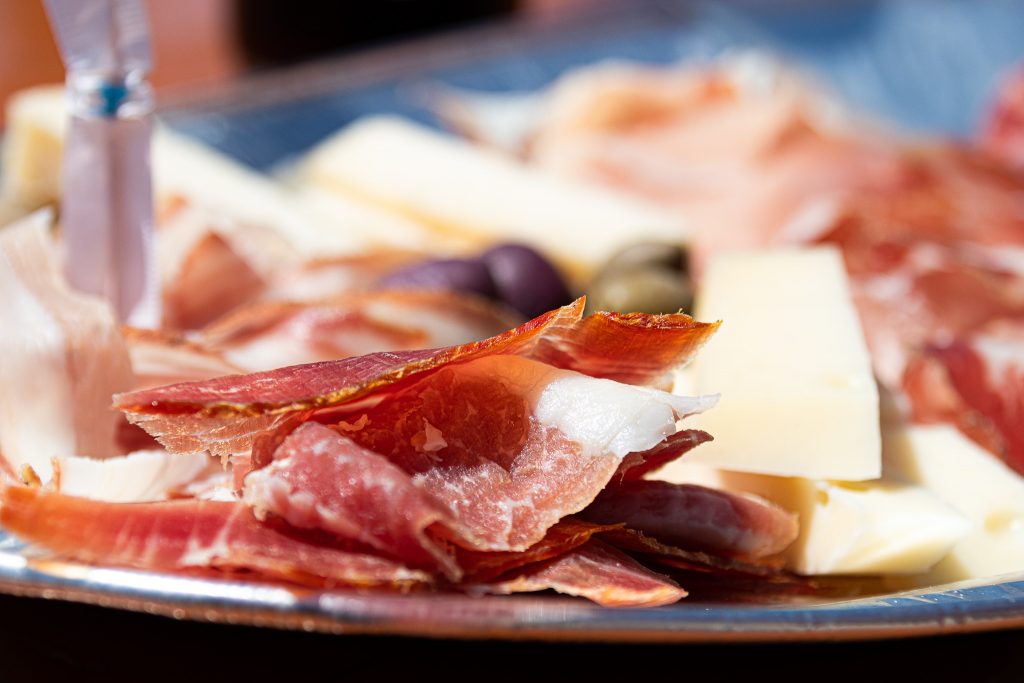
Officially, Maria Theresa never actually visited Trieste, but greatly influenced it through her enlightened policies. One tale, however, follows that Maria Theresa once visited Trieste clandestinely and was hidden in the Carso to keep her safe and concealed. Local farmers were employed in order to feed the empress during her secret stay. Shortly thereafter, these same farmers had the freedom to sell their goods tax-free at osmize.
I’ll never know if that version of the story is true, but I do know that I left Osmiza Marisa e Igor satisfied, full, fulfilled, and a little sunburnt. Now, if you see me around town, I have a new pep in my step. My shame is gone. I can hold my head high knowing I am an imposter no more – my osmiza dream has finally become a delicious reality.

























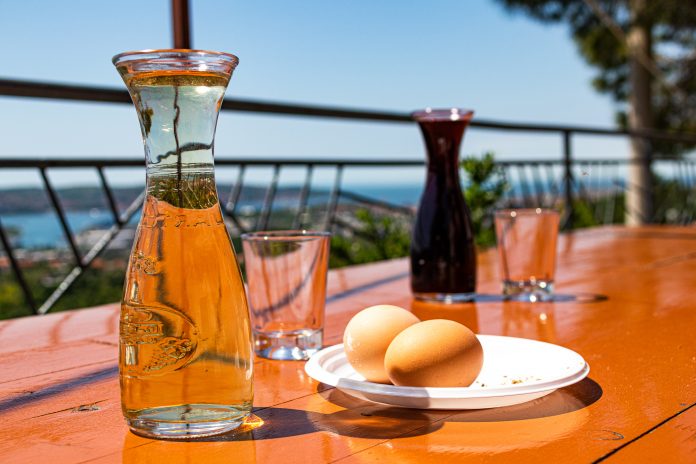




I feel that way about the Buffet scene.